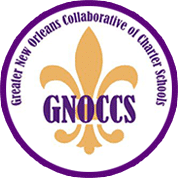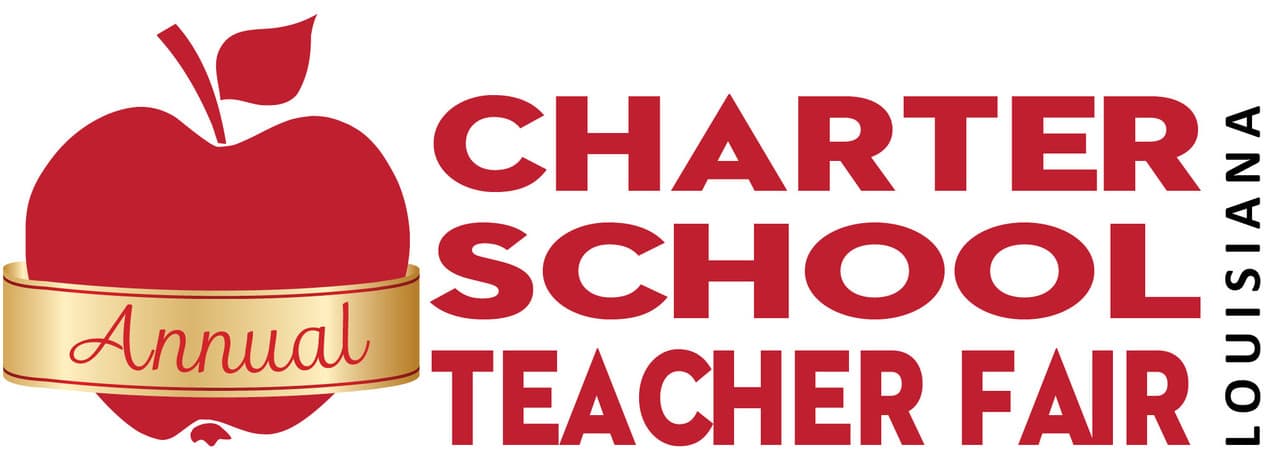May 21: Freedom on the Move student showcase exploring lives of freedom-seeking enslaved people in New Orleans
Contact: Kathryn O’Dwyer, Midlo Center for New Orleans Studies, UNO, kaodwye1@uno.edu
Sci High and UNO’s Midlo Center for New Orleans Studies to host Freedom on the Move in New Orleans, a K-12 student creative showcase exploring the lives of freedom-seeking enslaved people in New Orleans and south Louisiana. Showcase on Saturday May 21st, 10 am – 2 pm, at Sci High, 2011 Bienville Street New Orleans, LA 70112
New Orleans, Louisiana – The Freedom on the Move in New Orleans showcase will feature musical performances, visual art, podcasts, spoken word, video, and digital works created by students inspired by their study of the history of the resistance of enslaved people in New Orleans. Visual artwork and interactive exhibit elements will be on display throughout the day with scheduled performances including music by Bruce “Sunpie” Barnes, The Sci High Band, and drumming and spoken word by students from Young Audiences Charter School-Burmaster. The first fifty people in attendance will receive a free copy of the book and CD La Ker Creole: Creole Compositions and Stories from Louisiana, published by the Neighborhood Story Project and featuring the music of “Sunpie” Barnes.
Since Fall 2021, students at five New Orleans public charter schools– Homer A. Plessy Community School, Young Audiences Charter School-Burmaster, The Living School, Benjamin Franklin High School, and Sci High–have joined with local artists, museum professionals, and university researchers on Freedom on the Move in New Orleans, a public engagement project funded by the National Historical Publications and Records Commission (NHPRC.) The project was designed by curriculum innovators at The Hard History Project (THHP) and the historians working on Freedom on the Move(FOTM) a collaborative digital database of fugitive slave advertisements. With the advent of newspapers in the American colonies, enslavers posted “runaway ads” to try to locate fugitives. Additionally, jailers posted ads describing people they had apprehended in search of the enslavers who claimed the fugitives as property. Created to control the movement of enslaved people, the ads ultimately preserved the details of individual lives–their personality, appearance, and life story. Taken collectively, the ads constitute a detailed, concise, and rare source of information about the experiences of enslaved people.
Freedom on the Move in New Orleans facilitates place-based learning and student engagement with the agency and resistance of enslaved people as documented in the advertisements in the FOTM database. Centered on the stories of self-liberating people found in “runaway ads,” the showcase will feature the students’ creative responses to these primary documents and to lessons and field trips illuminating the history of slavery and enslaved people in New Orleans. With participating students from 3rd grade through high school, this pilot project demonstrates the capacity of teachers and students to explore the “hard history” of slavery in productive and illuminating ways. While 3rd grade might seem a challenging age to tackle the topic of slavery and resistance, teacher JP Payne at Plessy Community School says that working with the stories of individual enslaved people found in the database has given him a helpful point of entry for his young students. Without diminishing the tragedy of slavery, he appreciates the chance to explore details from the lives of people who are not well-known historical figures. With FOTM, he says, he has been able “to focus on unsung heroes–on the bravery and bold actions of individuals who don’t often get light shed on them.” Katelyn Wills, a History and English teacher at The Living School says working with FOTM has been useful given the current politics surrounding the teaching of slavery in K-12 classrooms. “It gives kids a chance to draw their own conclusions about the history of slavery,” Wills says. “At a time when so many people are debating about what we should say to children, we can let them see for themselves and form their own opinions, based on the hard facts from that era. So I’m deeply grateful for that.” Working with the runaway ads in the FOTM database, Areonne Howard, who teaches 8th graders Louisiana History at Young Audiences Charter School-Burmaster, in Gretna, has found new ways to make history engaging for her students. In addition to teaching them to be historians, “so they can have those ah-ha moments for themselves” they also grasp the long history of racialized policing in the experiences of enslaved people seeking freedom. “They asked a lot of questions like ‘why is this still happening? It has been going on for this many years? This is still a thing!” After completing lessons on the historical context of slavery in New Orleans and the experiences of enslaved people, students explored the cityscape and its environs via guided walking tours through the built environment of the city’s French Quarter lead by Shana M. griffin and on the grounds of the Whitney Plantation Museum upriver from New Orleans. While exploring these spaces, students visualized the social, spatial, and cultural histories of enslaved people. According to Derek Rankins, who teaches Africana Studies and History at Sci High, this placed-based learning is a powerful teaching tool. “They have a relationship to these ads, right? When an ad says Rampart Street, you know, these are signifiers that we all know.” Chris Dier, a teacher at Ben Franklin High School agrees. “A lot of my students are familiar with the French Quarter and areas around the city but taking field trips, they get to see streets where slave markets existed or see exactly where the enslaved population lived. And it shows them that this history doesn’t exist in a vacuum: that people lived here and through horrific experiences to build what we have today.” Exploring the French Quarter and visiting the Whitney Plantation and then working with the FOTM database, Dier says, demonstrates in material ways “the resilience that so many people had. These are experiences that our textbooks simply can’t capture with students.” Local artists Chuck Perkins, Darren Harper, Charlie Johnson, as well as historian/graphic history writer Brian Mitchell, and the team at BeLoud Studios, visited local classrooms to share their creative processes with students and guide them in developing creative responses inspired by the resistance of enslaved people documented in the Freedom on the Move database. BeLoud helped Plessy’s third grade students create podcasts. Charlie Johnson worked with Sci High students on visual pieces, and Harper and Perkins worked with Young Audiences students on drumming and spoken word. The high schoolers at The Living School will be displaying images and hand-built lanterns from the Liberation Garden they created on their campus. One of the aims of this project is to develop new models for connecting K-12 education with the research and resources of historians at universities. “Teachers are on the frontlines of public history,” says Kate Shuster, Founding Director of THHP. “We have partnered with FOTM to develop more engaging and creative ways to share the historians’ amazing research and database with young people.” “Witnessing students learn about the history of their city through the stories of the freedom-seeking people fills me with hope,” says Mary Niall Mitchell, the principal investigator on the NHPRC grant, Midlo Endowed Professor and Director of the Midlo Center at UNO.
“Freedom on the Move’s historians all agreed that New Orleans was the place to begin this work. Enslaved people built this city and its economy, especially its oldest parts, many of which are still standing. Students can see the material legacies of that forced labor everywhere– on plantations, French Quarter streets, and levees. And through FOTM, they develop a stake in telling the stories of individual enslaved people seeking freedom in New Orleans. The students’ creative work, which will be featured at the showcase, brings lots of emotions to the surface for the historians on this project.” Freedom on the Move in New Orleans is a project of Freedom on the Move in collaboration with the Midlo Center for New Orleans Studies at the University of New Orleans, New Orleans Charter Science and Mathematics High School (Sci High), The Hard History Project, Cornell University, The Whitney Plantation Museum, Shana M. griffin, Benjamin Franklin High School, Homer A. Plessy Community School, Young Audiences Charter School Burmaster, The Living School, and The Neighborhood Story Project. This project is funded by a grant from the National Historical Publications and Records Commission. Admission to the showcase is free. For more information and updates visit the event webpage.
Lower Elem Teacher (1st – 3rd)/Audubon Schools
Title: Teacher Purpose of Position: To provide an engaging and enriching educational experience...
YOUNG AUDIENCES CHARTER SCHOOL CLASS OF 2024
The Young Audiences Charter School (YACS) Graduation Ceremony took place on Tuesday, May 21, 2024,...
ELA Interventionist (3rd-5th)/ Audubon Gentilly
Title: ELA Interventionist Purpose of Position: To provide instructional support to students...
Visual Arts Teacher/ Audubon Gentilly
Title: Visual Art Teacher Purpose of Position: To provide an engaging and enriching educational...



